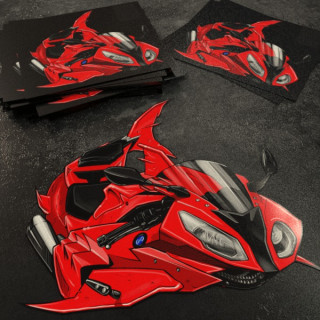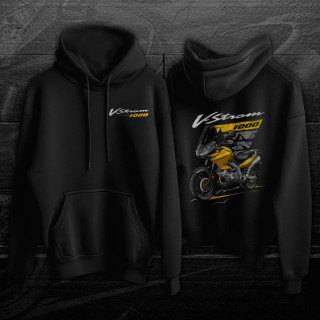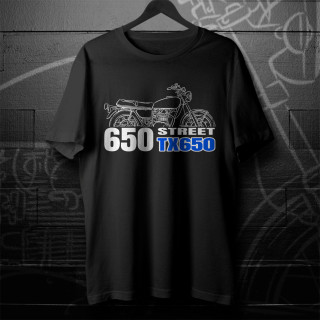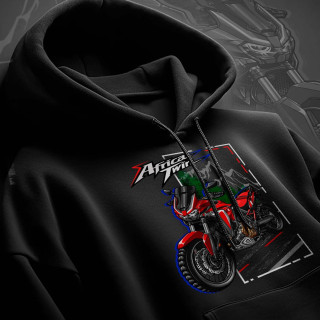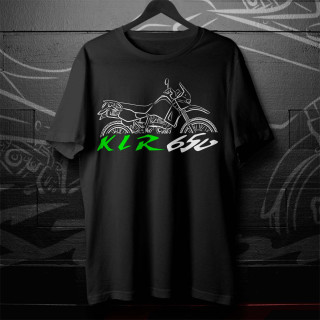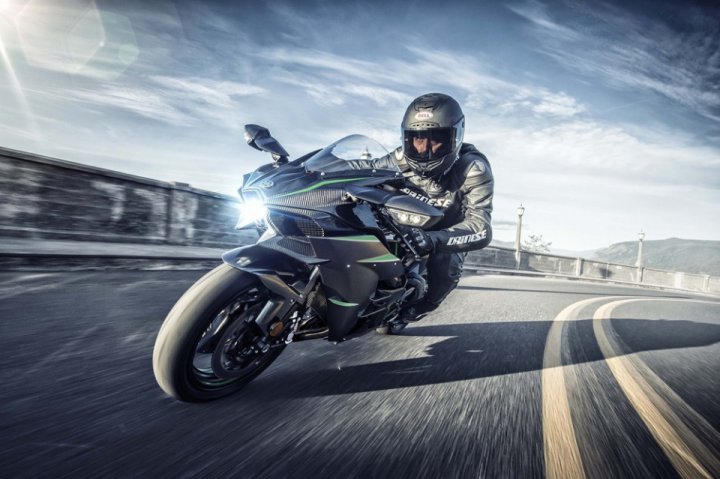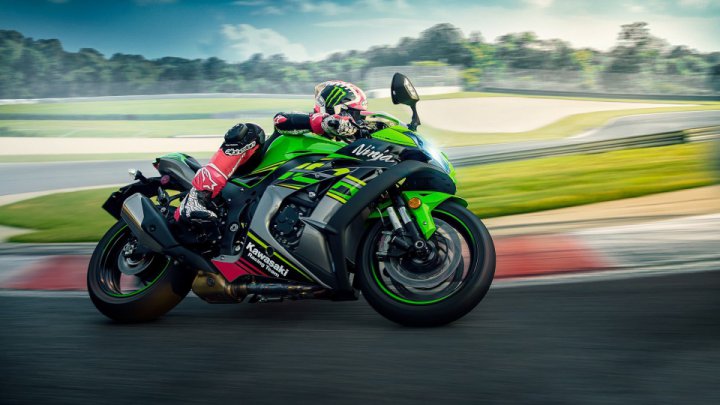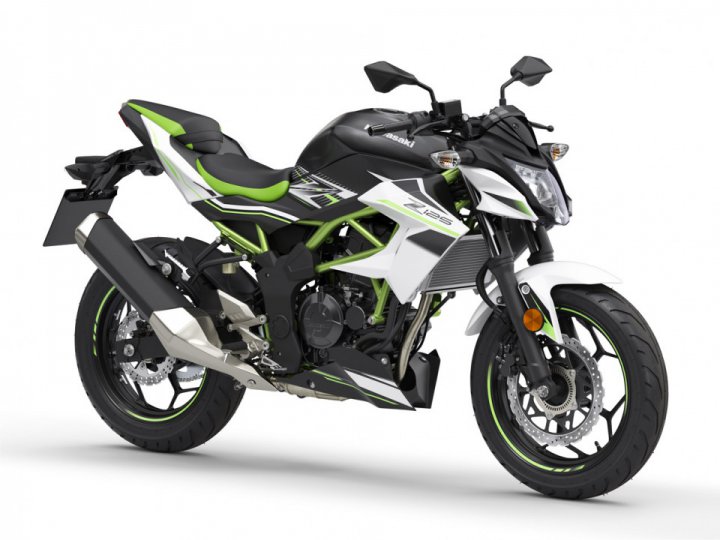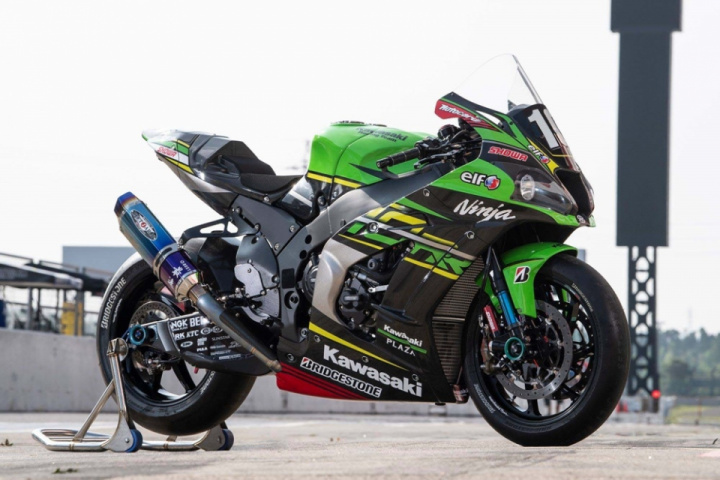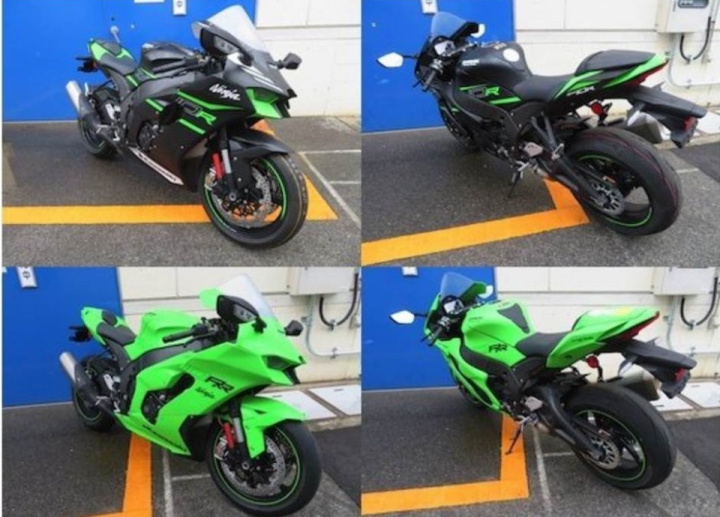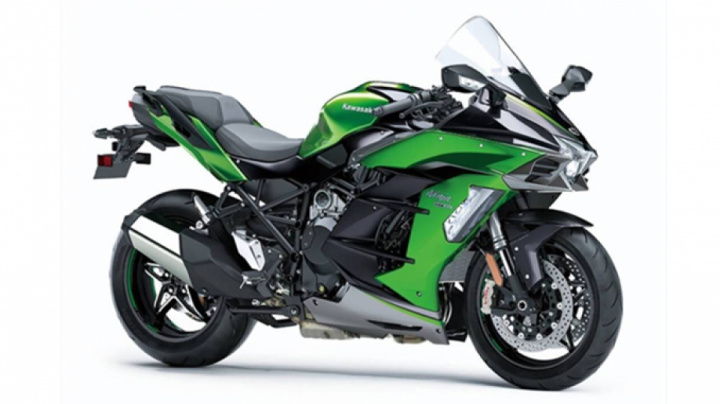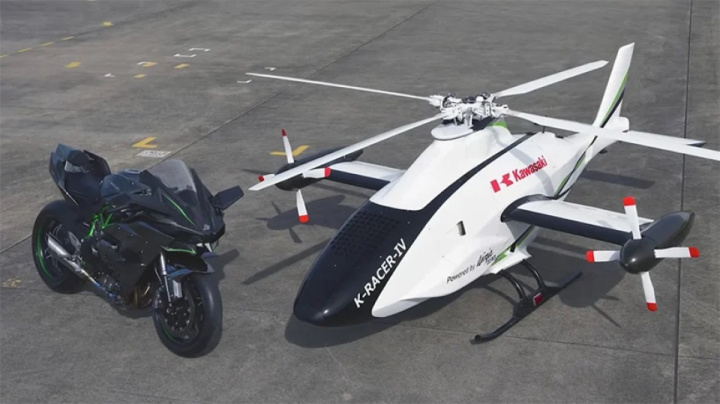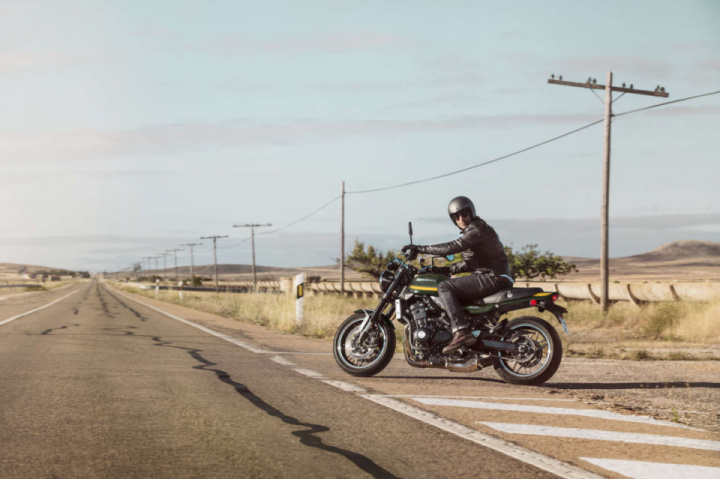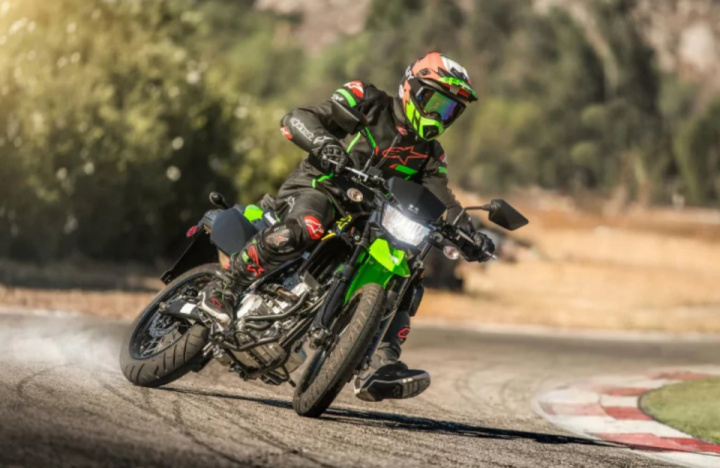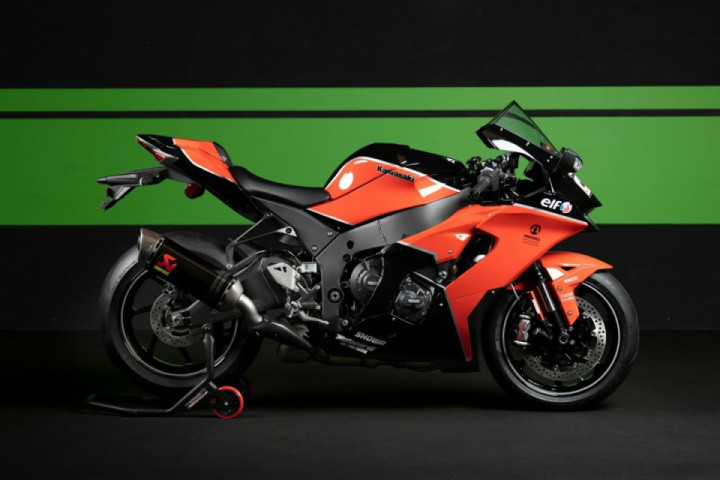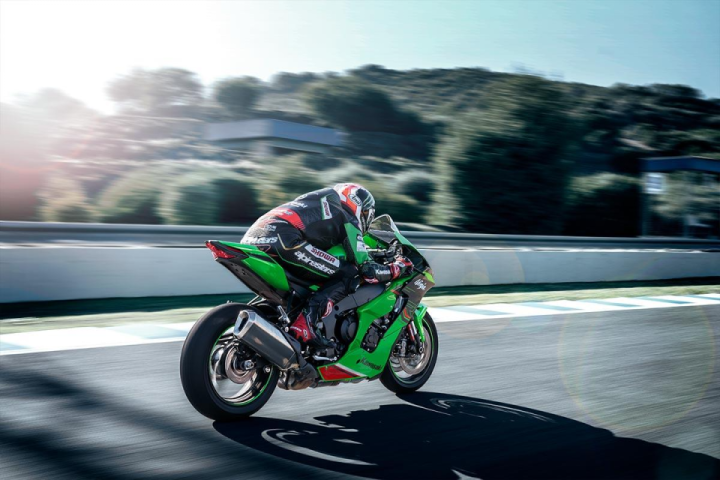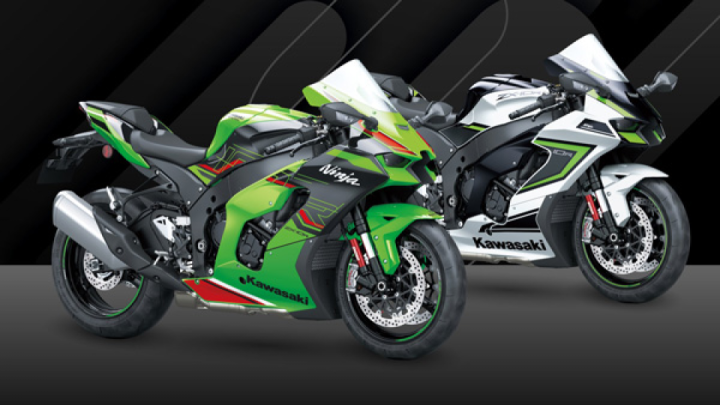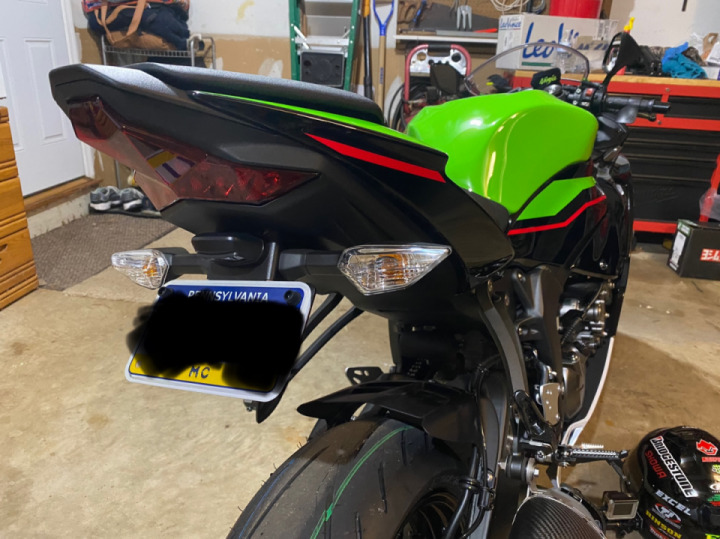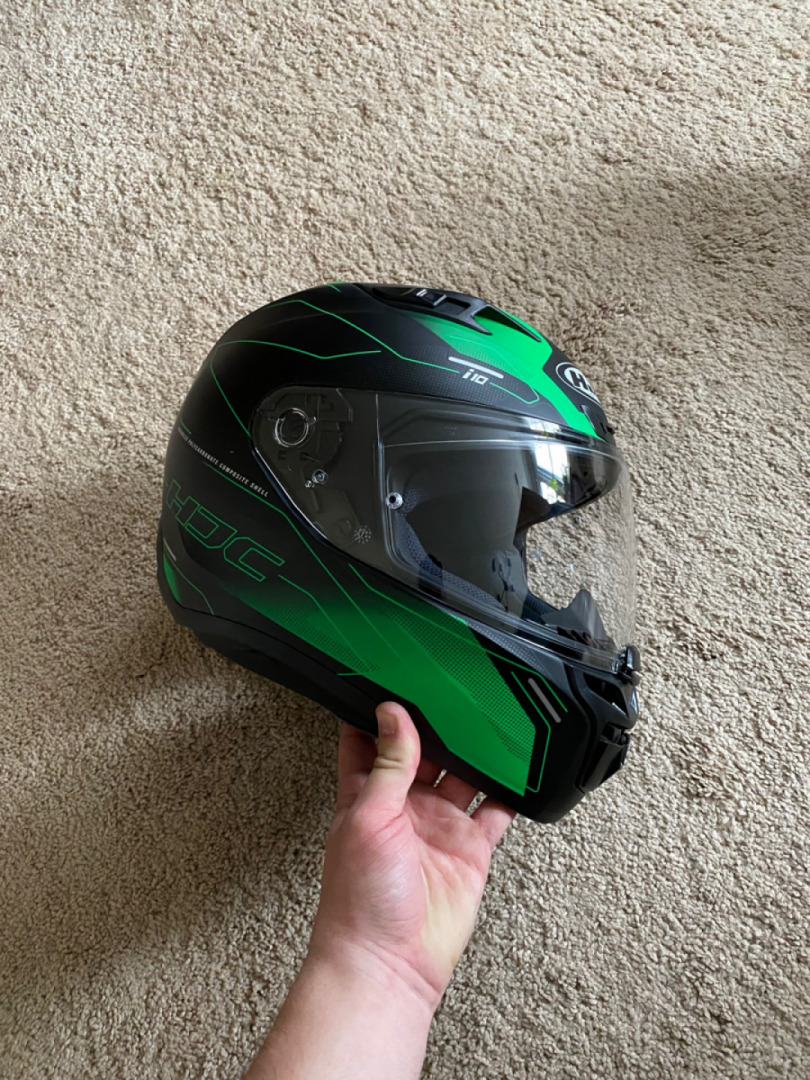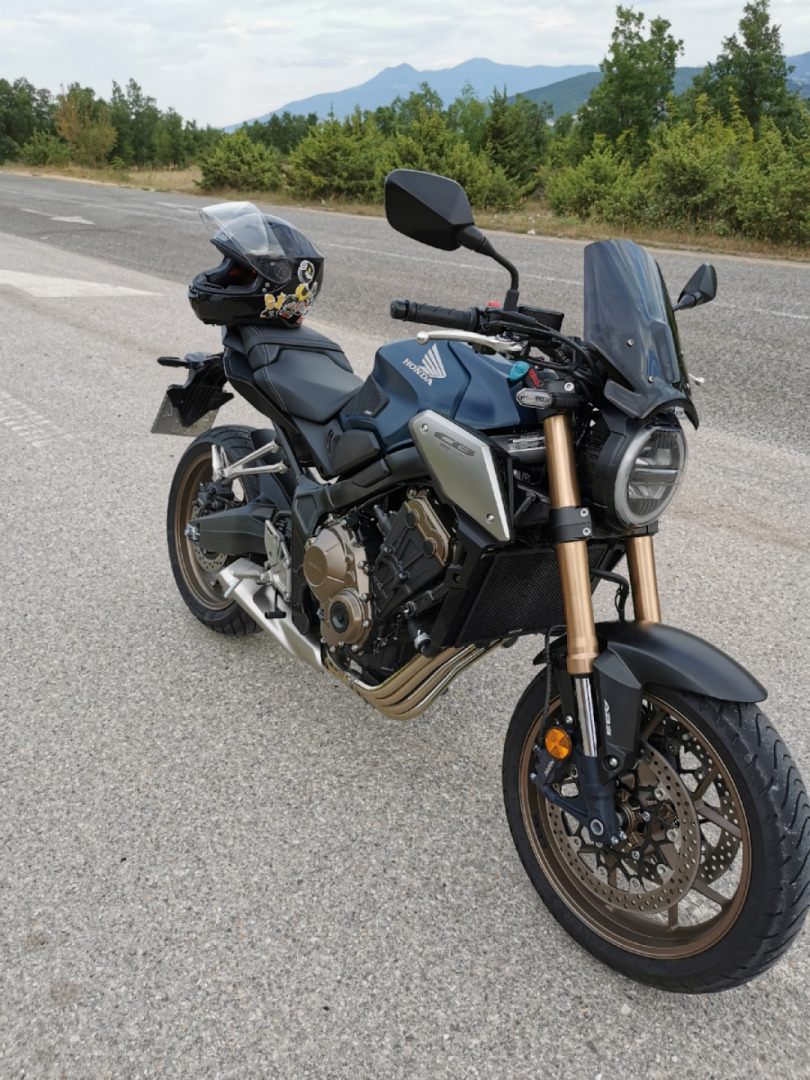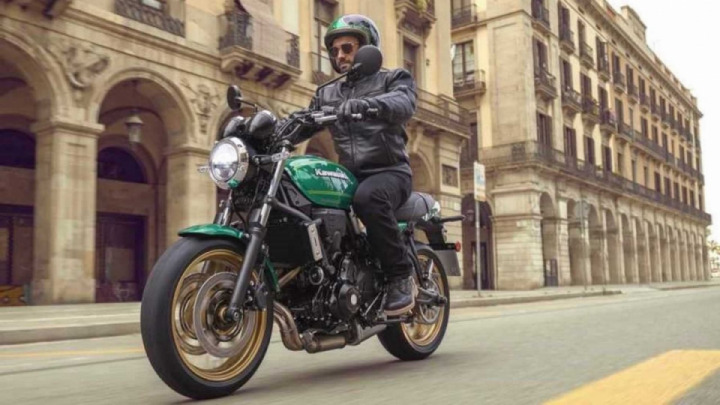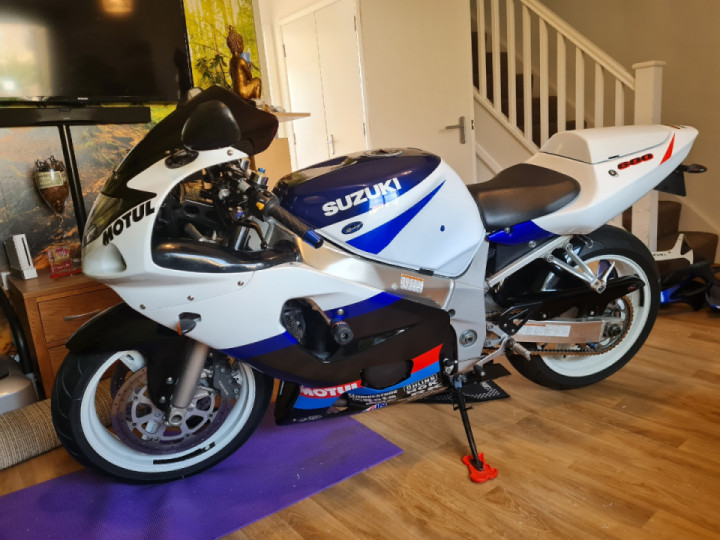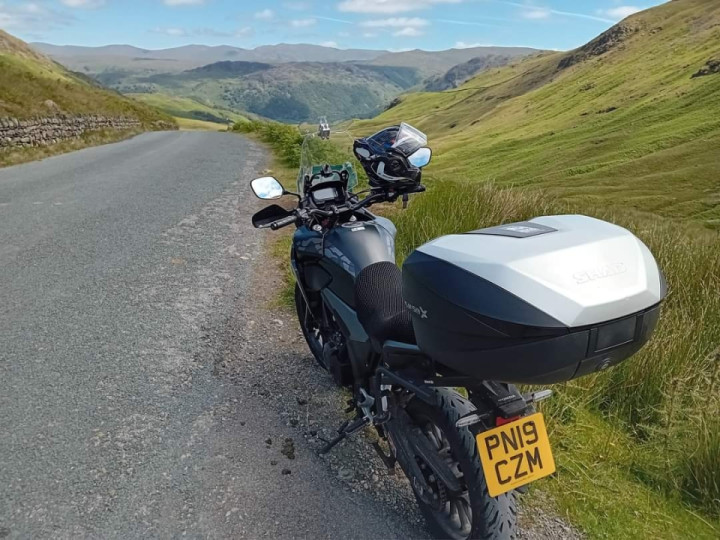
New 2021 Kawasaki Ninja ZX-10R and ZX-10RR
Kawasaki has presented today its new Ninja ZX-10R and ZX-10RR 2021, a model that undergoes an important transformation at an aesthetic level retaining much of the characteristics of the previous model at the level of chassis and cycle part.
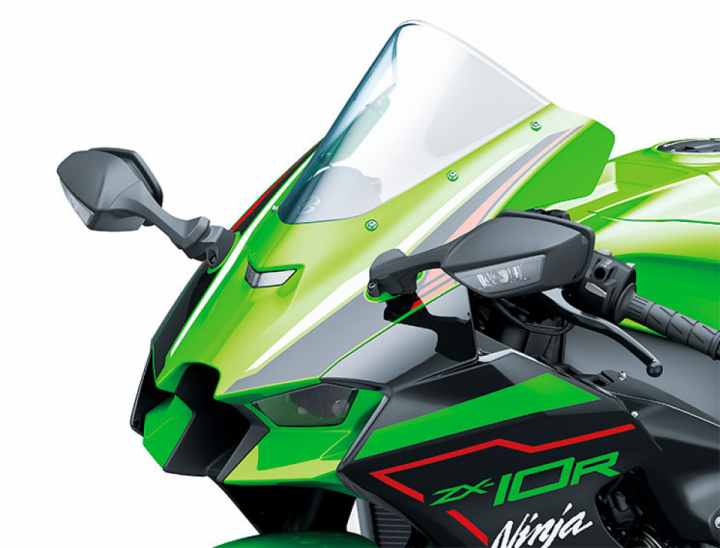
The first change that the Ninja 2021 undergoes, and also the most striking, is its new frontal result of a hard work in the wind tunnel to achieve more ground effect on the front train. To do this, Akashi engineers have given life to innovative fins integrated into the fairing structure that conduct the air stream and create an additional downward force that is approximately 17% greater than the current Ninja.
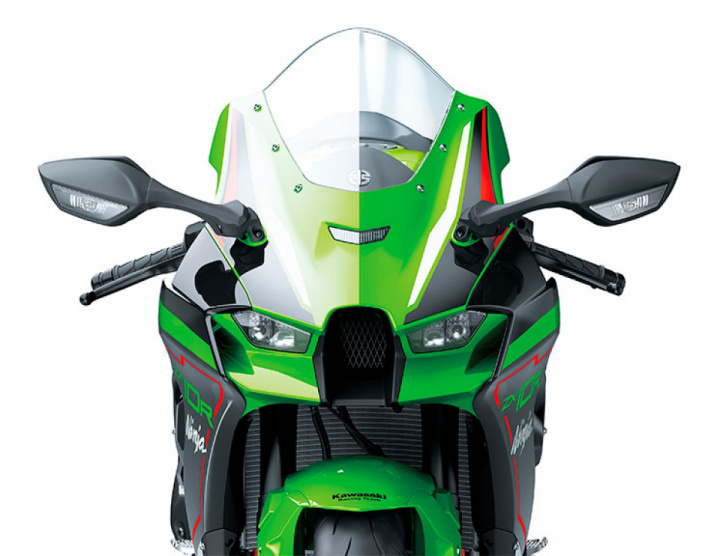
In addition, the rear seat design is subtly modified to create a low pressure area behind the pilot. When combined with a 40 mm higher screen, a handlebar position that replicates that of Jonathan Rea's racing bike and 5 mm higher footrests, the aerodynamic and ergonomic package is one of the key features to reach a higher level with views of the WorldSBK in 2021.
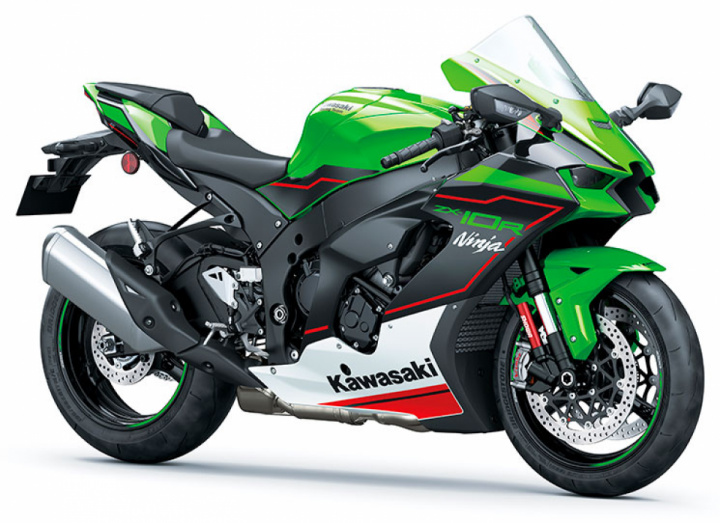
A Full LED lighting system is in charge of all visibility, highlighting the use of Mitsubishi direct projection lamps for the headlights, used for the first time and exclusively on a series motorcycle.
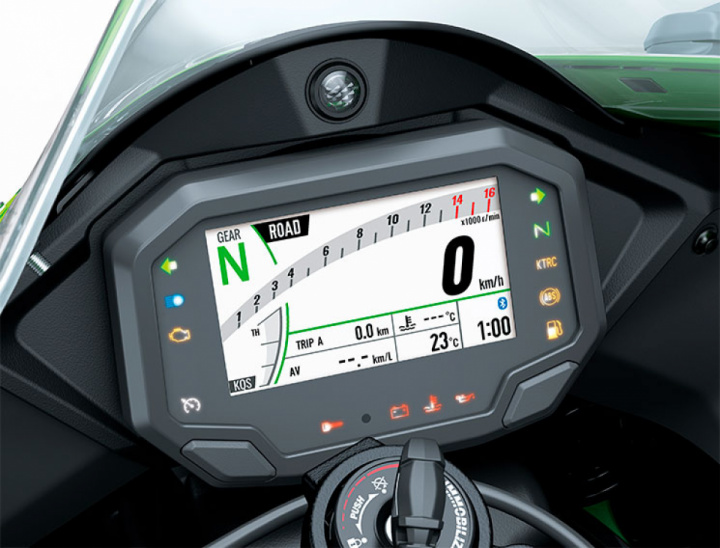
Within the new fairing, innovations continue with a new 4.3-inch TFT color display, including Bluetooth connectivity with smartphone via Kawasaki's Rideology app, in addition to four selectable driving modes with buttons on the handlebar and features developed for road use such as electronic cruise control, the kqs (Kawasaki Quick Shifter), Öhlins electronic steering damper and optional heated handlebar grips.
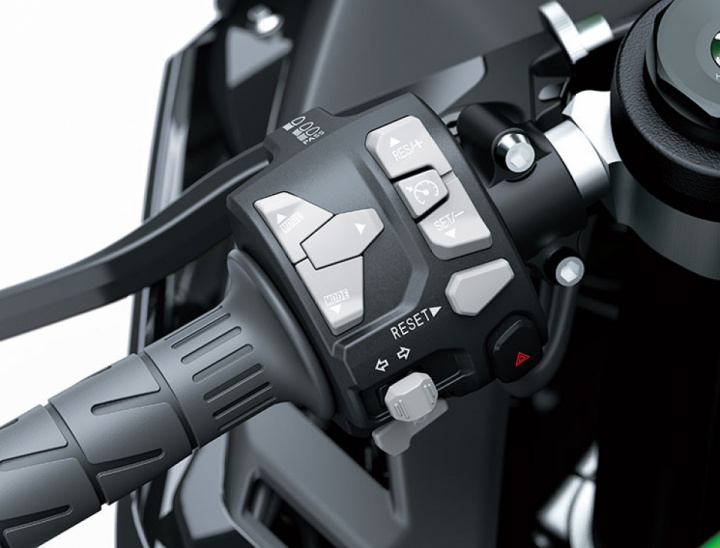
In the section of electronic aids, the pilot will enjoy a 6-axis inertial IMU developed by Bosch responsible for managing the following systems:
- S-KTRC (Sport-Kawasaki Traction Control)
- KLCM (Kawasaki Launch Control Mode)
- KIBS (Kawasaki Intelligent antilock Brake System)
- Kawasaki Engine Brake Control
- KCMF (Kawasaki Cornering Management Function)
- Power Modes: Full, Middle y Low
Improvements to the cycle part include a 1mm lower swingarm pivot point (adjustable on the RR), a 2mm front fork offset, and an 8mm increase in the actual swingarm length, helping to increase stability and traction. The total weight of the bike in running order is 207 kilos, that is, it fattens a kilo compared to the previous Ninja.
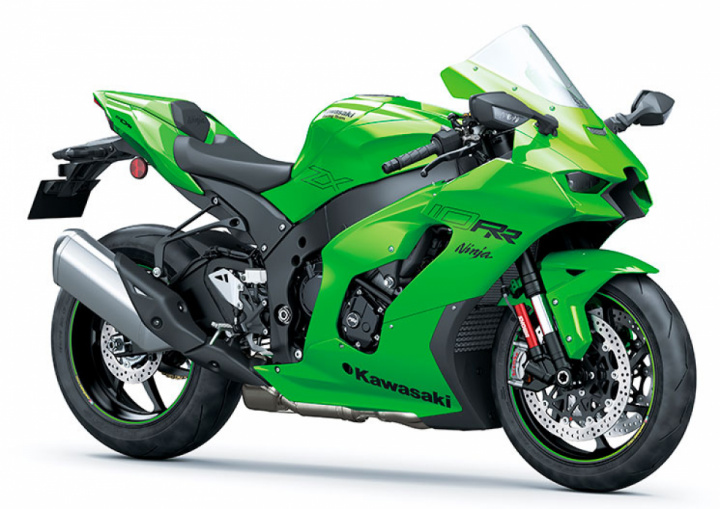
The constant elastic springs have also changed, with harder springs at the front and softer at the rear. The fork remains a Showa BFF (Balance Free Front Fork) with external compression chamber and adjustment in compression and extension, and preload adjustment capability. Behind, a mono-shock absorber Showa BFRC lite (Balance Free Rear Cushion) with adjustment in compression, extension and preload completes the section of the suspensions.
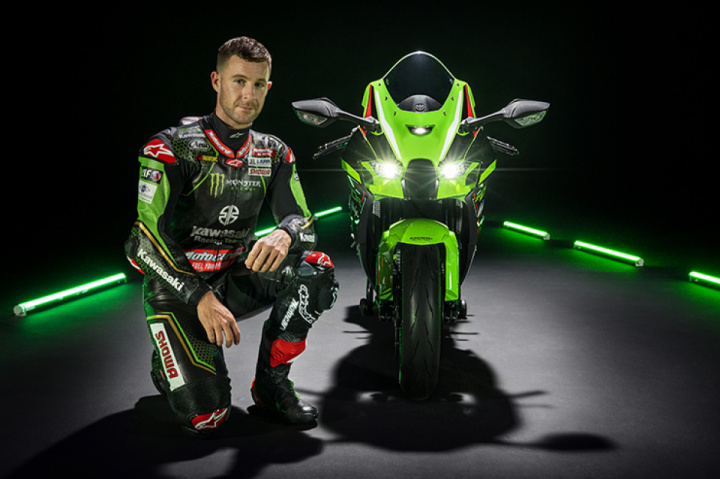
A larger clamping area on the lower seatpost improves the stiffness balance of both suspension bars. The chassis, of double beam type of aluminum, retains the same structure and geometries of the previous Ninja. There are also no changes in its braking section, maintaining the powerful Brembo monoblock M50 calipers accompanied by 330 mm discs, adding metal hoses in the RR variant.
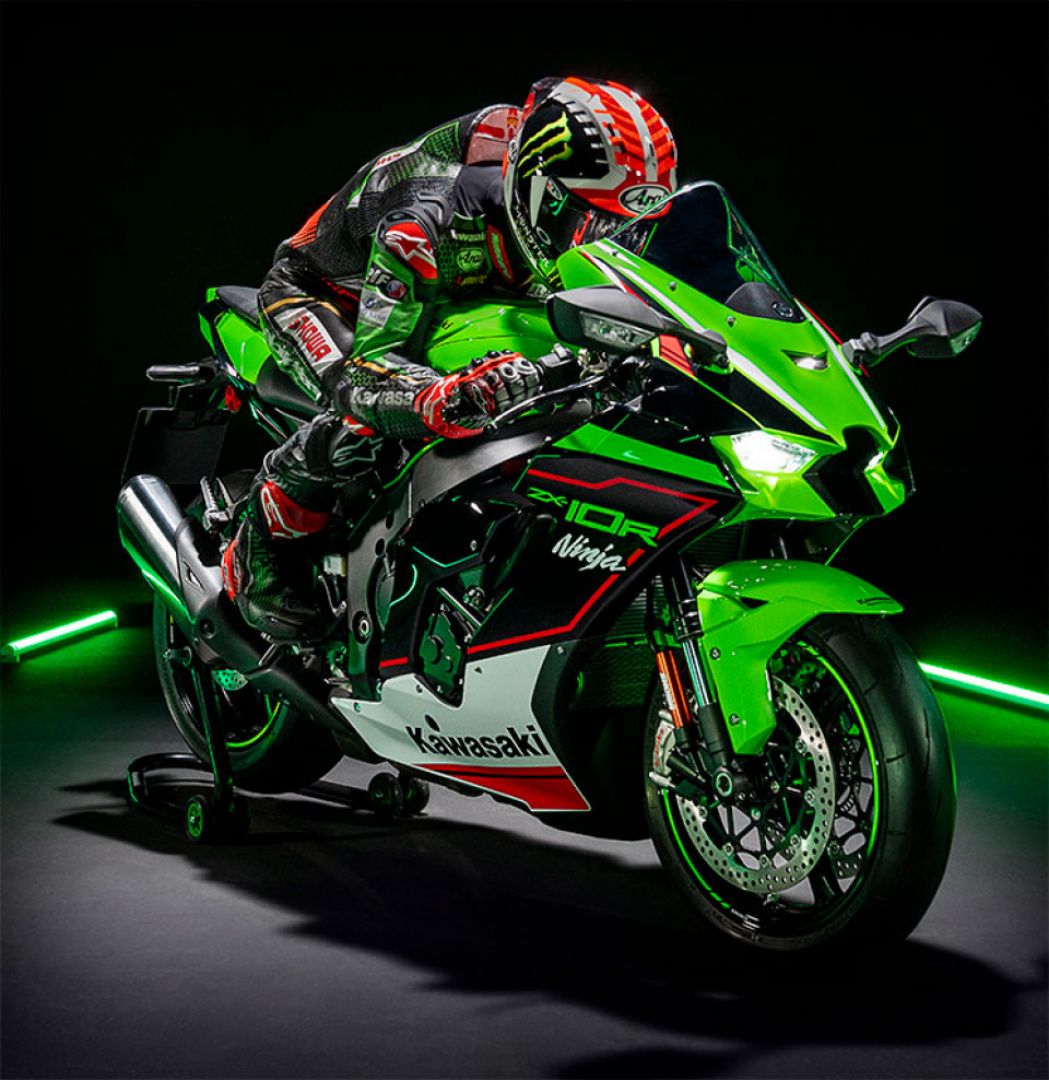
In the engine section, Kawasaki has limited itself to adding minor tweaks and adapting the tetracylinder of the ZX-10R to Euro5 regulations. The scheme remains a four-cylinder in-line, with 998 cc, a diameter per stroke 76x55 mm and a final power of 203 hp at 13, 200 rpm. (300 rpm. less compared to the previous bike), reaching 213 hp with the ram-air absorbing all possible air flow. That is, the same figures as before, only less revolutions per minute.
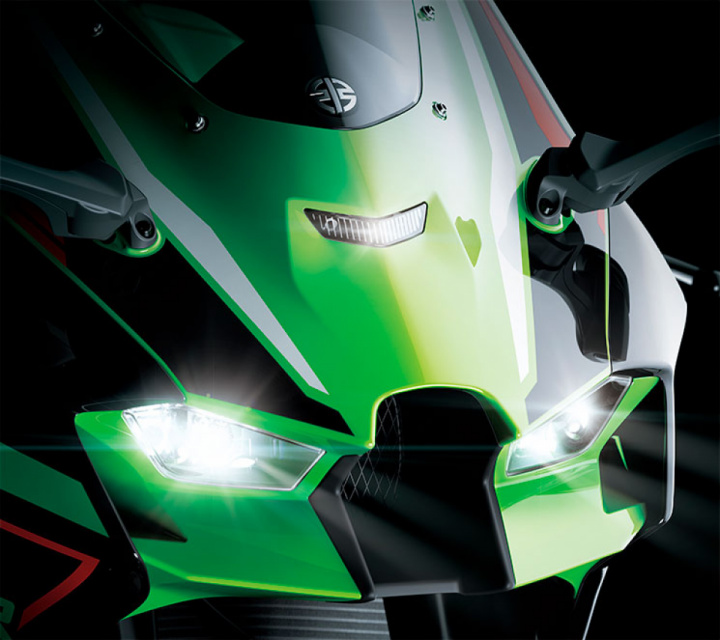
In addition, reduced valve assembly weight and gear ratios are refined with a shorter 1st, 2nd and 3rd to make the most of the Ninja's power, which is further enhanced with a new intake design.
The Japanese brand has tweaked the propeller with small improvements such as a new oil radiator design inspired by the WSBK, intake and exhaust valve springs redesigned to support a higher rotation speed and the use of lighter pistons (-20 GR.per piston) in the case of the ZX-10RR engine.
The latter, designed for teams that want to run with it, offers 204 hp of power at more revolutions per minute (14,000 rpm.). The 2021 RR version-with a production limited to 500 units worldwide - is completed with Marchesini wheels designed exclusively for this model and roadways with standard Pirelli Diablo Supercorsa SP tires. With a superior 400 rpm engine speed, the RR takes a big step into the new season, mounting the lightweight Pankl precision connecting rods, Pankl low-friction pistons and adapted piston pins.
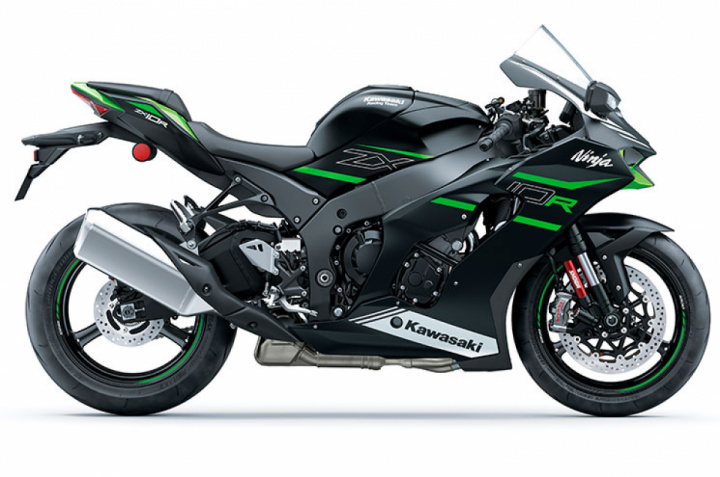
The 2021 Kawasaki Ninja ZX-10 R will be available in two color combinations: Lime Green / Black / White and black ebony. The 2021 ZX-10RR is only available in green. Its prices and availability in Spain have not yet been revealed.
The base 2021 ZX-10R is set to have an RRP of £15,799 – a significant hike over the £14,499 of the 2020 model – while the ZX-10RR will set you back £24,799. Again, that’s a chunk of change more than the £21,199 asked for the previous version. Kawasaki is also planning to offer Akrapovic-equipped ‘Performance Edition’ versions of both models, with prices of £16,999 for the ZX-10R Performance Edition and £25,599 for the ZX-10RR Performance Edition.
At the moment Kawasaki hasn’t revealed a replacement for the £19,149 ZX-10R SE, which uses Showa’s electronically-controlled suspension.
Translation from the original article [todocircuito]
#Moto #Sportbike #Bike #Kawasaki #Ninja


